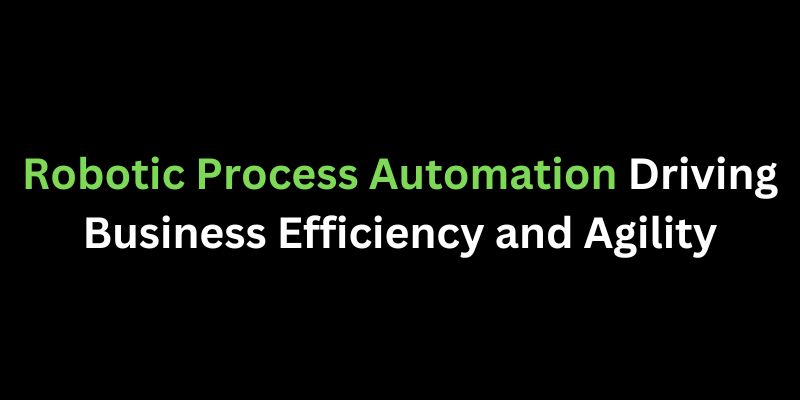LinkedIn: Your Careers Key to Success
In today’s digital age, LinkedIn has become a powerhouse platform for professionals seeking to enhance their career prospects. With over 700 million users worldwide, this professional networking site offers a wealth of opportunities for job seekers and career enthusiasts alike. Whether you’re a recent graduate, a mid-career professional, or someone looking to make a career change, harnessing the power of LinkedIn can significantly boost your career development. In this thorough course, we’ll look at how to use LinkedIn to its fullest advantage for networking, building your personal brand, and job hunting so that you may achieve your professional objectives.


